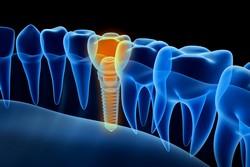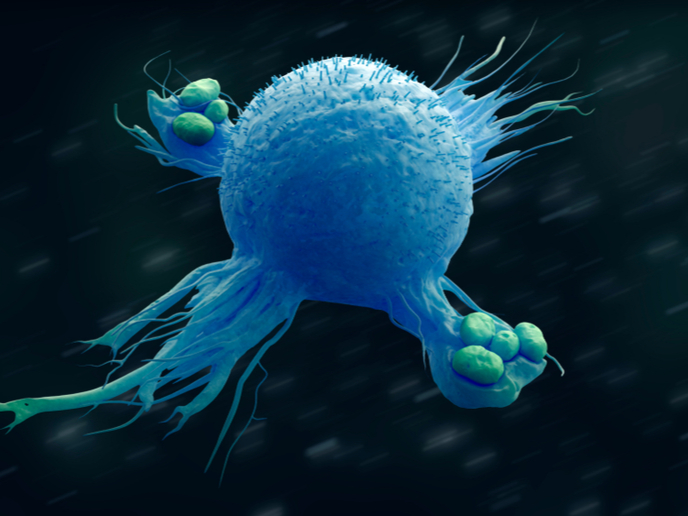New generation of biomaterials
Orthopaedic and dental implants are often associated with poor integration with the surrounding tissue, leading to complications such as inflammation, infections and implant failure. Over the years, significant research has been dedicated to the development of novel biomaterials that could be exploited to address this issue. Biofunctionalization of materials with appropriate ligands on the surface has emerged as a promising approach to expanding the repertoire of available biomaterials. The EU-funded BIOMAT4BIOMED (Development of new biofunctionalized materials for application in regenerative medicine) project set out to generate novel metallic biomaterials functionalized with cell adhesive and antibacterial biomolecules. The goal was to improve cell adhesion and biointegration, and to reduce the risk of bacterial infections. Researchers generated biomaterials based on titanium, and incorporated linear and cyclic peptides, peptidomimetics and polymeric nanocapsules on the surface. Using physicochemical and biological methods they characterized the binding of the molecules and the cell adhesive capacity of the resulting biomaterials. In addition to improving the adhesion and proliferation of osteoblasts, these materials also facilitated osteogenic differentiation of mesenchymal stem cells in vitro, and improved bone formation in vivo. The osteoinductive properties of the coating molecules may thus translate into enhanced osseointegration of implant materials. Further advantages of these materials included cell specificity and stability of the coatings as well as biomechanical compatibility. In addition, the surfaces exhibited strong antibacterial properties, thereby reducing infections associated with the use of medical devices. Such materials hold potential to be used as orthopaedic and dental implants in regenerative medicine.







